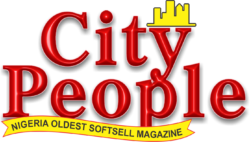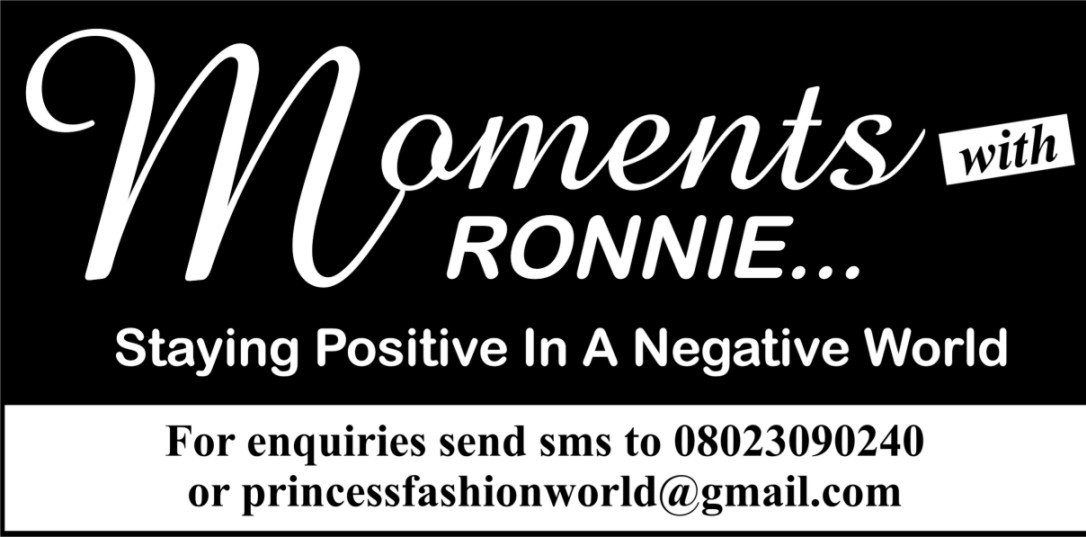Are you happy? Is there something about your life that causes your unhappiness and which you feel you must change in order to be happy? Can you identify what you need to do to make that change?
Often we resist making significant changes in our lives. We are comfortable with the way things are and don’t want to expend the energy to make changes. We seem to get in a groove and have tunnel vision regarding what we could do with our lives. We know that changes are for the better, yet we view the change process as scary, difficult, and time-consuming. We are fearful of the uncertain results.
Changes are needed as we go through life. These changes will make a positive difference in our personal and professional lives. We must recognize that if we want things to change, we have to change. We need to identify what changes are needed and have a vision of who we are and who we want to become. What are the problems that you face? What is making you most unhappy? Make a list of the things that will make the most impact in your life if they were different. Focus on what will make you happy. Identify specific things to work on to change and then start an action plan.
Think of yourself as a woodcarver and your life as a block of wood that is to be crafted into a work of art. The woodcarver has a vision of the finished piece and makes rough sketches on the wood as a pattern. The woodcarver whittles away at the block, first chipping off chucks of wood, and then removing thin layers. The first cuts make the biggest difference in appearance. As the carving process continues, changes are more subtle. Layer after layer, thin slices of wood are carved away until the piece is in its final form. Sandpaper is carefully used to buff and polish out the rough spots to add detail, luster, and texture to the piece. The woodcarver transforms the wood from its original shape and sculpts it into a masterpiece.
As with our lives, changes are made one layer at a time. Think of the changes that are needed in your life in order to make you happier. Deal with the fringes of your life and start the process of making the changes that you have identified. Start trimming the layers gradually. As with the artist who follows a pattern drawn on the block of wood, so should you change your life. Once you start changing from the surface layer of your being, the subtle changes that you initiate may be easier for you to accept. The transformation that you will make in your life may appear subtle, but over time you will begin to notice your progress. Little changes add up over time.
Each of us is an artist responsible for the sculpting of our lives. We are constantly adjusting to our needs and circumstances. With reflection, we think about changes that are needed and discover what is possible.
We are each a masterpiece, a composition made up of ideas, knowledge, creativity, intellect, personality, and experiences. Some of our talents lay latent. As we continue to polish our essence, we model ourselves to our fullest potential.
Many times in our lives we made changes that drastically improved our situation. Factors in our lives motivated us as we recognized our needs and saw that changes were necessary. We may have regretted waiting so long to have made the changes and realize that when we delay action toward making changes, we keep ourselves from enjoying our improved situation. You will face opportunities where changes will be needed. Like New Year’s resolutions, put the changes you have identified into action. Recognize that like an artist, all the changes can’t be made in one cut. We are a work in progress.
ACCEPTING YOURSELF UNCONDITIONALLY
Self-acceptance begins in infancy, with the influence of your parents and siblings and other important people. Your own level of self-acceptance is determined largely by how well you feel you are accepted by the important people in your life.
Your attitude toward yourself is determined largely by the attitudes that you think other people have toward you. When you believe that other people think highly of you, your level of self-acceptance and self-esteem goes straight up. The best way to build a healthy personality involves understanding yourself and your feelings.
(1) LETTING THE LIGHT SHINE IN
This is achieved through the simple exercise of self-disclosure. For you to truly understand yourself, or to stop being troubled by things that may have happened in your past, you must be able to disclose yourself to at least one person. You have to be able to get those things off your chest. You must rid yourself of those thoughts and feelings by revealing them to someone who won’t make you feel guilty or ashamed for what has happened.
(2) BECOME AWARE OF FEELINGS
The second part of personality development follows from self-disclosure, and it’s called self-awareness. Only when you can disclose what you’re truly thinking and feeling to someone else can you become aware of those thoughts and emotions.
If the other person simply listens to you without commenting or criticizing, you have the opportunity to become more aware of the person you are and why you do the things you do. You begin to develop perspective, or what Buddhists call “DETACHMENT.”
(3) ACCEPT THE PERSON YOU ARE
Now we come to the good part. After you’ve gone through self-disclosure to self-awareness, you arrive at self-acceptance. You accept yourself for the person you are, with good points and bad points, with strengths and weaknesses, and with the normal frailties of a human being. When you develop the ability to stand back and look at yourself honestly, and to candidly admit to others that you may not be perfect but you’re all you’ve got, you start to enjoy a heightened sense of self-acceptance.
(4) DO AN INVENTORY OF YOUR ACCOMPLISHMENTS
A valuable exercise for developing higher levels of self-acceptance involves doing an inventory of yourself. In doing this inventory, your job is to accentuate the positive and minimize the negative. Think of your unique talents and abilities. Think of your core skills, the things that you do exceptionally well that account for your success in your profession and in your personal life right now.
(5) THINK ABOUT YOUR FUTURE
Think about your future possibilities and the fact that your potential is virtually unlimited. You can do what you want to do and go where you want to go. You can be the person you want to be. You can set large and small goals and make plans and move step-by-step, progressively toward their realization. There are no obstacles to what you can accomplish except the obstacles that you create in your mind.
(6) ACTION EXERCISES
First, sit down with your spouse, or a good friend, and tell him or her about something that is troubling you and is still causing you unhappiness.
Second, develop a perspective on your problem by standing back from it and imagining that it was happening to someone else. What advice would you give to that person?
Third, think continually about the good experiences and accomplishments you have enjoyed in the past. Remind yourself regularly that you are a pretty good person and you’ve done a lot of good things in your life.
Let us learn to accept ourselves…accept the truth that we are capable in some directions
and limited in others, that genius is rare, that mediocrity is a portion of almost all of us,
but that we can contribute from the storehouse of our skills to the enrichment of our common life.
START LIVING IN PRIME TIME
Primetime is that period between 6 and 10pm…during which most of the general public watches television. Commercials in prime time are the most expensive. Your real success in life will take a quantum leap when you stop watching other people making money in their professions performing in prime time, and start living your own dreams and goals in prime time.
Time is the ultimate equal opportunity employer. Time never stops to rest, never hesitates, never looks forward or backward. Life’s raw material spends itself in the now, this moment, which is why how you spend your time is far more important than all the material possessions you may own or positions you may obtain. Positions change, possessions come and go, you can earn more money. You can renew your supply of many things, but like good health, that other most precious resource, time spent is gone forever.
Each yesterday, and all of them together, are beyond your control. Literally all the money in the world can’t undo or redo a single act you performed. You cannot erase a single word you said. You can’t add an “I love you,” “I’m sorry”, or “I forgive you”, not even a “thank you” you forgot to say. Each human being in every hemisphere and time zone has precisely 168 hours a week to spend. And some of the most precious hours occur in prime time. Consider this: most of your daytime hours are spent helping other people solve their problems. The little time you have in the evenings and on weekends is all you have to spend on yourself, on your own dreams and goals, and personal development.
Some thoughts to ponder:
– Have dinner with your loved ones at least two to three times per week. It’s the best time for casual conversation to listen to what those close to you feel is important in their lives. Mealtime is a time to dialogue.
– A television set is an appliance. It should be used, at most, for two hours at a time. It should be off, unless specific programs of interest are selected. It should not be used as a one-eyed baby sitter. For the most part, TV exposes us to negative role models.
– Instead of watching television why not read a good fiction or non-fiction book, write a letter, engage in a hobby or craft, call a friend or someone in need of encouragement on the phone, network on your computer, go out to an ethnic restaurant, a home show, an entrepreneurial show, a musical recital, a play, a fitness class, or cultural event. Take an art or photography class. Use prime time to live the kind of life others put on layaway.
Action Idea: If you and your family/friends watch TV, try not turning it on for one week. When you do watch TV, reduce by 50% the amount of time you spend watching it. Concentrate your evenings and free time engaged in hands on, real life experiences, you can touch, feel, smell and engage all your senses in. Instead of virtual reality, insist on the real thing.


